Reebok 2014 Annual Report Download - page 108
Download and view the complete annual report
Please find page 108 of the 2014 Reebok annual report below. You can navigate through the pages in the report by either clicking on the pages listed below, or by using the keyword search tool below to find specific information within the annual report.-
 1
1 -
 2
2 -
 3
3 -
 4
4 -
 5
5 -
 6
6 -
 7
7 -
 8
8 -
 9
9 -
 10
10 -
 11
11 -
 12
12 -
 13
13 -
 14
14 -
 15
15 -
 16
16 -
 17
17 -
 18
18 -
 19
19 -
 20
20 -
 21
21 -
 22
22 -
 23
23 -
 24
24 -
 25
25 -
 26
26 -
 27
27 -
 28
28 -
 29
29 -
 30
30 -
 31
31 -
 32
32 -
 33
33 -
 34
34 -
 35
35 -
 36
36 -
 37
37 -
 38
38 -
 39
39 -
 40
40 -
 41
41 -
 42
42 -
 43
43 -
 44
44 -
 45
45 -
 46
46 -
 47
47 -
 48
48 -
 49
49 -
 50
50 -
 51
51 -
 52
52 -
 53
53 -
 54
54 -
 55
55 -
 56
56 -
 57
57 -
 58
58 -
 59
59 -
 60
60 -
 61
61 -
 62
62 -
 63
63 -
 64
64 -
 65
65 -
 66
66 -
 67
67 -
 68
68 -
 69
69 -
 70
70 -
 71
71 -
 72
72 -
 73
73 -
 74
74 -
 75
75 -
 76
76 -
 77
77 -
 78
78 -
 79
79 -
 80
80 -
 81
81 -
 82
82 -
 83
83 -
 84
84 -
 85
85 -
 86
86 -
 87
87 -
 88
88 -
 89
89 -
 90
90 -
 91
91 -
 92
92 -
 93
93 -
 94
94 -
 95
95 -
 96
96 -
 97
97 -
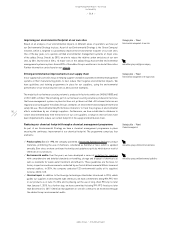 98
98 -
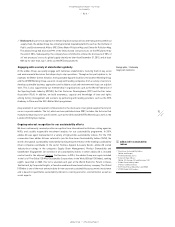 99
99 -
 100
100 -
 101
101 -
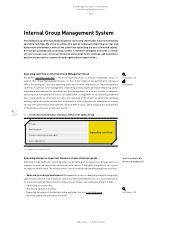 102
102 -
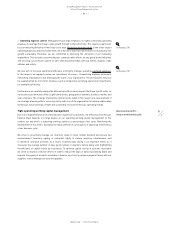 103
103 -
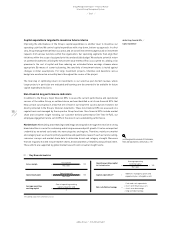 104
104 -
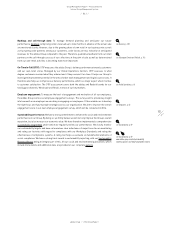 105
105 -
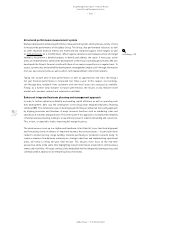 106
106 -
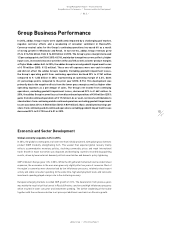 107
107 -
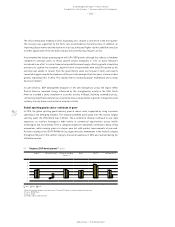 108
108 -
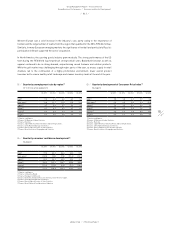 109
109 -
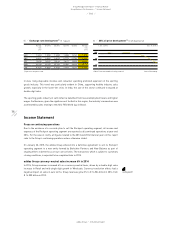 110
110 -
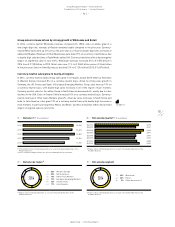 111
111 -
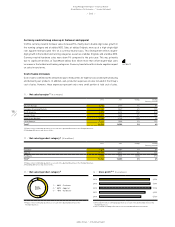 112
112 -
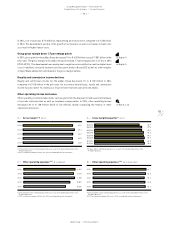 113
113 -
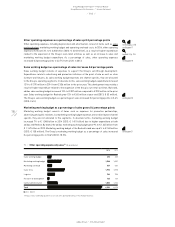 114
114 -
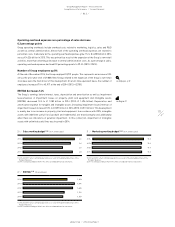 115
115 -
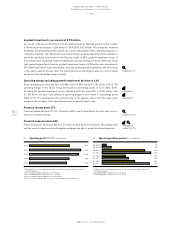 116
116 -
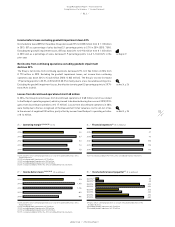 117
117 -
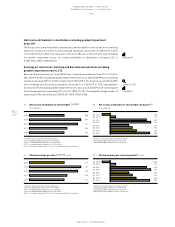 118
118 -
 119
119 -
 120
120 -
 121
121 -
 122
122 -
 123
123 -
 124
124 -
 125
125 -
 126
126 -
 127
127 -
 128
128 -
 129
129 -
 130
130 -
 131
131 -
 132
132 -
 133
133 -
 134
134 -
 135
135 -
 136
136 -
 137
137 -
 138
138 -
 139
139 -
 140
140 -
 141
141 -
 142
142 -
 143
143 -
 144
144 -
 145
145 -
 146
146 -
 147
147 -
 148
148 -
 149
149 -
 150
150 -
 151
151 -
 152
152 -
 153
153 -
 154
154 -
 155
155 -
 156
156 -
 157
157 -
 158
158 -
 159
159 -
 160
160 -
 161
161 -
 162
162 -
 163
163 -
 164
164 -
 165
165 -
 166
166 -
 167
167 -
 168
168 -
 169
169 -
 170
170 -
 171
171 -
 172
172 -
 173
173 -
 174
174 -
 175
175 -
 176
176 -
 177
177 -
 178
178 -
 179
179 -
 180
180 -
 181
181 -
 182
182 -
 183
183 -
 184
184 -
 185
185 -
 186
186 -
 187
187 -
 188
188 -
 189
189 -
 190
190 -
 191
191 -
 192
192 -
 193
193 -
 194
194 -
 195
195 -
 196
196 -
 197
197 -
 198
198 -
 199
199 -
 200
200 -
 201
201 -
 202
202 -
 203
203 -
 204
204 -
 205
205 -
 206
206 -
 207
207 -
 208
208 -
 209
209 -
 210
210 -
 211
211 -
 212
212 -
 213
213 -
 214
214 -
 215
215 -
 216
216 -
 217
217 -
 218
218 -
 219
219 -
 220
220 -
 221
221 -
 222
222 -
 223
223 -
 224
224 -
 225
225 -
 226
226 -
 227
227 -
 228
228 -
 229
229 -
 230
230 -
 231
231 -
 232
232 -
 233
233 -
 234
234 -
 235
235 -
 236
236 -
 237
237 -
 238
238 -
 239
239 -
 240
240 -
 241
241 -
 242
242 -
 243
243 -
 244
244 -
 245
245 -
 246
246 -
 247
247 -
 248
248 -
 249
249 -
 250
250 -
 251
251 -
 252
252 -
 253
253 -
 254
254 -
 255
255 -
 256
256 -
 257
257 -
 258
258 -
 259
259 -
 260
260 -
 261
261 -
 262
262 -
 263
263 -
 264
264 -
 265
265 -
 266
266 -
 267
267 -
 268
268
 |
 |

104
2014
/
03.2
/
adidas Group
/
2014 Annual Report
Group Management Report – Financial Review
Group Business Performance
/
Economic and Sector Development
01
/
Regional GDP development 1) (in %)
Global 2) Western Europe 3) European emerging
markets 3)
USA 2) Asia 3) 4) Latin America 3)
5
4
3
2
1
0
–1
■ 2012 ■ 2013 ■ 2014
1) Real, percentage change versus prior year; 2012 and 2013 figures restated compared to prior year.
2) Source: World Bank.
3) Source: HSBC.
4) Includes Japan and Area Pacific.
The US economy grew modestly in 2014, expanding 2.4%, despite a contraction in the first quarter.
The recovery was supported by the Fed’s very accommodative monetary policy. In addition, an
improving labour market and the decline in oil prices stimulated higher real household income, but
a further appreciation of the US dollar may put the currently robust exports at risk.
Asia remained the fastest-growing region with 3.9% GDP growth, although this reflects a slowdown
compared to previous years. In China, growth slowed marginally to 7.5% as policy measures
introduced in an effort to control financial vulnerabilities were largely offset by growth-stimulating
provisions to cushion the slowdown. Japan fell short of expectations with only 0.2% growth as the
economy was unable to recover from the government’s sales tax increase in April, and exports
remained sluggish despite the weakness of the yen. India emerged from two years of more modest
growth, expanding 5.5% in 2014. This mainly reflects increasing export momentum and a sharp
decline in inflation.
In Latin America, GDP development dropped to 1.0% with divergences across the region. While
Central America remained strong, influenced by the strengthening activity in the USA, South
America recorded a sharp slowdown in economic activity. In Brazil, declining commodity prices,
contracting investments and election uncertainty drove a steep decline in growth. In Argentina, hard
currency scarcity drove a contraction in economic activity.
Global sporting goods sector continues to grow
In 2014, the global sporting goods industry grew at robust rates, supported by rising consumer
spending in the emerging markets. The industry benefited particularly from the world’s largest
sporting event, the FIFA World Cup in Brazil. The e-commerce channel continued to see rapid
expansion, as retailers leveraged a wide variety of commercial opportunities across mobile
technologies and social media. From a category perspective, basketball continued to enjoy strong
momentum, while running grew at a slower pace but with modest improvements at year-end.
Activities relating to the 2014 FIFA World Cup supported sales momentum in the football category
throughout the year. In the outdoor category, the overall weakness in 2014 was reversed during the
fall/winter season.
